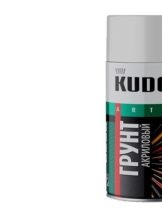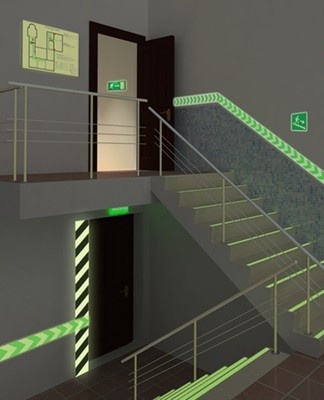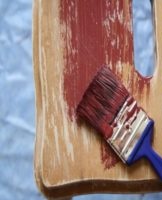The best brands of paints for escape routes and the difference between KM1 and KM0, how to choose
An escape route is understood as areas for the movement of people to a safe area in the event of an emergency. These places are equipped in accordance with fire safety regulations. They are controlled by special services. Fire safety is ensured by equipping with fire extinguishing means, applying non-flammable paint materials. The Fire Inspectorate recommends the use of escape route paint.
Requirements for the coloring composition
When selecting, they are guided by the "Technical Regulations on Fire Safety Requirements". To paint the surfaces, a composition is selected taking into account:
- degree of flammability;
- flammability;
- the degree of smoke generation;
- toxicity.
In many buildings and structures, the walls and floors are still painted with old fire-hazardous materials. The coating increases the risk of fire in the event of a fire. When heated, it releases corrosive toxic substances. Non-compliance with safety rules leads to negative consequences in the event of an emergency.
In total, there are 6 fire hazard classes - from KM0 to KM5. According to Federal Law No. 123 of 2009, in public places it is allowed to use only paint materials of classes KM0 and KM1.
Advantages of KM0 and KM1 paints:
- produce minimal smoke;
- non-flammable, will not ignite in case of fire;
- not to emit toxic substances dangerous to human health.
Fireproof fireproof paint must have quality certificates and meet state standards. Non-combustible paints often include water-based compositions.
Focusing on the purpose of the premises, certain requirements are imposed on the finishing material:
| building object | Safe ways for people to get around | Authorized paint class |
| Pre-school educational institutions, theater buildings, airports, stations | Entrance halls, flights of stairs, elevator halls | Wall and floor decoration - KM0, KM1 |
| Halls, corridors | KM1, KM2 | |
| Multi-story buildings (up to 9 stories) | Entrance halls, flights of stairs, elevator halls | KM2, KM3 |
| Foyer, halls, corridors | KM3, KM4 | |
| Buildings of 9 to 17 floors | Entrance halls, flights of stairs, elevator halls | KM1, KM2 |
| Foyer, halls, corridors | KM2, KM3 | |
| 17-storey high-rise buildings | Entrance halls, flights of stairs, elevator halls | KM0, KM1 |
| Halls, corridors | KM1, KM2 |
Main brands
The finishing material differs not only in technical parameters, pricing policy, decorativeness, but also in the manufacturer. Before choosing a paint, check the availability of a document confirming the quality of the goods, compliance with state security requirements. Consider the most popular formulations for escape routes:
- Non-combustible paint "Nortovskaya". Protective coating for walls, ceilings. Suitable for all types of surfaces. Forms a non-combustible protective layer KM0, a matte vapor permeable surface. It is permitted to be used in any government agency, industrial premises and other facilities.The paint does not contain harmful substances, it is absolutely safe for humans and the environment. Also protects against the development of mold and mildew.
- Non-combustible paint "Akterm KM0". Decorative paint and varnish material, used for all types of surfaces. Corresponds to incombustibility class KM0. It is applied as a finishing coat. The paint has thermal insulation and waterproofing properties. The surface is mined at a temperature of -60 ... + 200 degrees. The composition of the material includes a polymer resin, which after polymerization provides a stable thermal barrier. Painting materials are used on different types of objects: flights of stairs, halls, shops, restaurants and other premises.
Choice criteria
When selecting a material, compliance with fire safety requirements specific to a specific category of buildings is taken into account. The fireproof coating must be non-flammable and not emit hazardous substances.
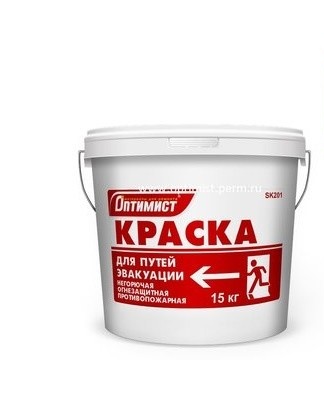
There are compositions for exterior and interior. The latter type is not able to withstand the effects of external environmental factors, this is taken into account when choosing a material. It is also important to pay attention to the recommended type of surface for which the paint is intended.
High-quality paints and varnishes are accompanied by a certificate of quality, certificates of conformity, instructions for use. In the document, the manufacturer indicates the fire safety class of the material, the characteristics of the product.
What is the difference between KM1 and KM0
Several factors affect the level of fire resistance of a building.Fire-resistant coatings are assigned separate hazard classes that determine burning rate and time. This indicator determines how quickly the surface is deformed by fire and how it will burn.
The fire hazard class of building materials KM0 refers to non-combustible materials. Has the highest fire resistance. The KM1 fire hazard class refers to slightly flammable materials. Both are suitable for finishing the premises of budget organizations, schools, hospitals, kindergartens, medical institutions. The rest of the water-dispersion paints are considered flammable, they promote the spread of fire.
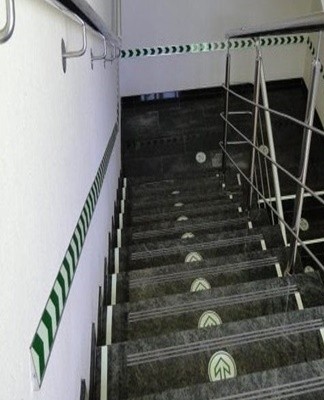
App Features
The main purpose of non-combustible paints is fire protection, safe movement of people along the escape route. The coating attenuates fire, reduces the spread of fire. Paint is applied to walls, ceilings and floors to improve fire resistance.
Recommended items for lining with non-combustible material are:
- Concrete structures need a fire resistant coating, as the surface is destroyed by fire after 25 minutes.
- Roofing, because the materials are exposed to fire.
- Air ducts are a path that promotes the spread of fire.
Dyeing with fire-resistant materials is carried out with protective clothing, gloves and a mask. After application, the coating needs 24 hours to dry completely. It then forms a reliable protection against fire with a minimum service life of 10 years.

